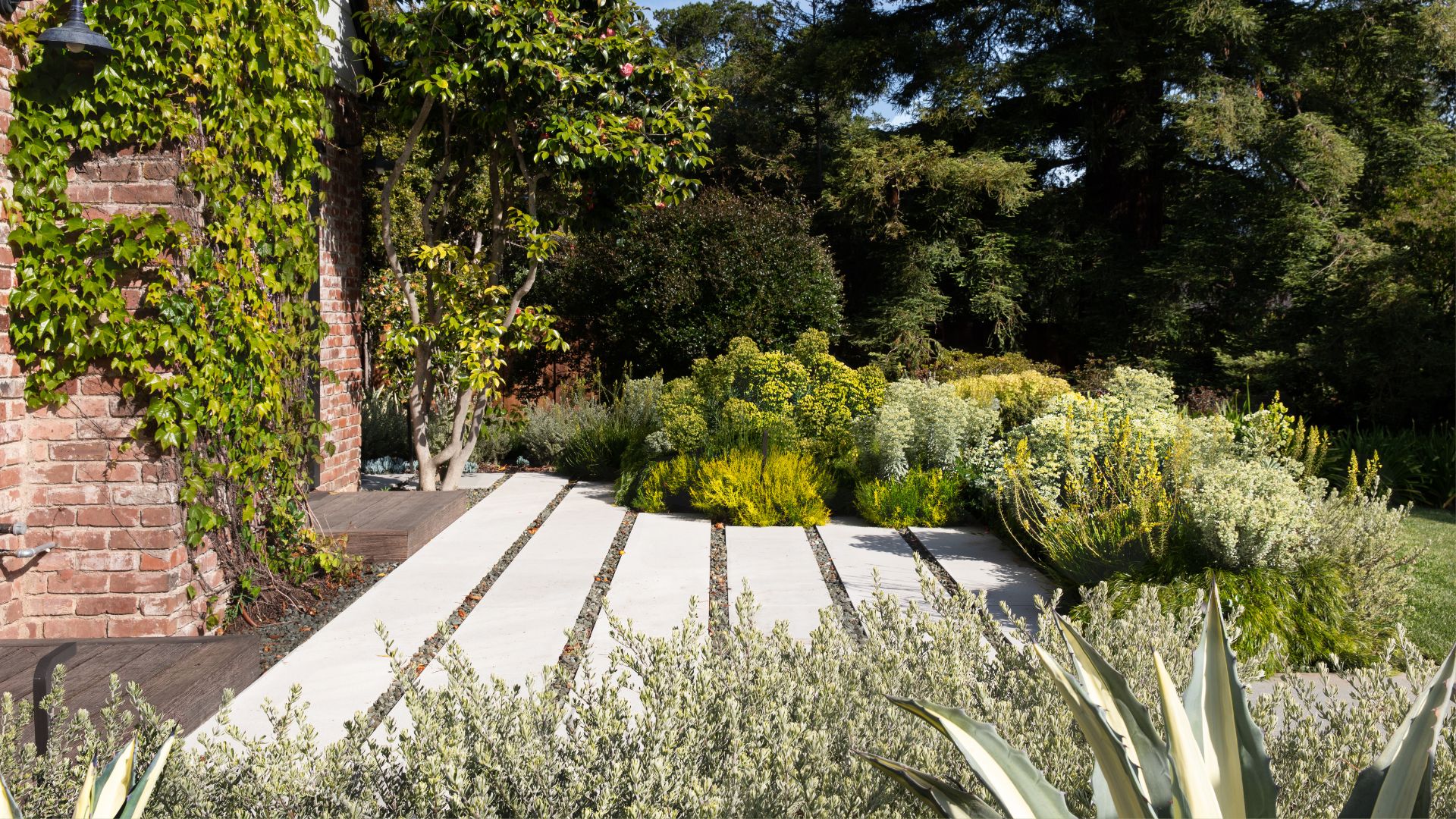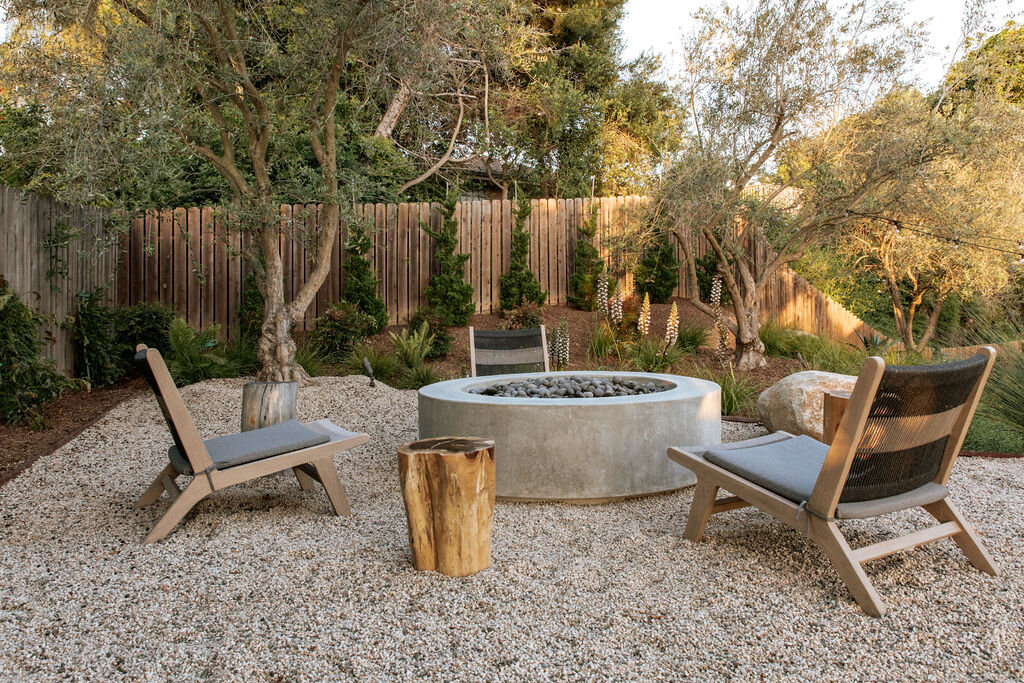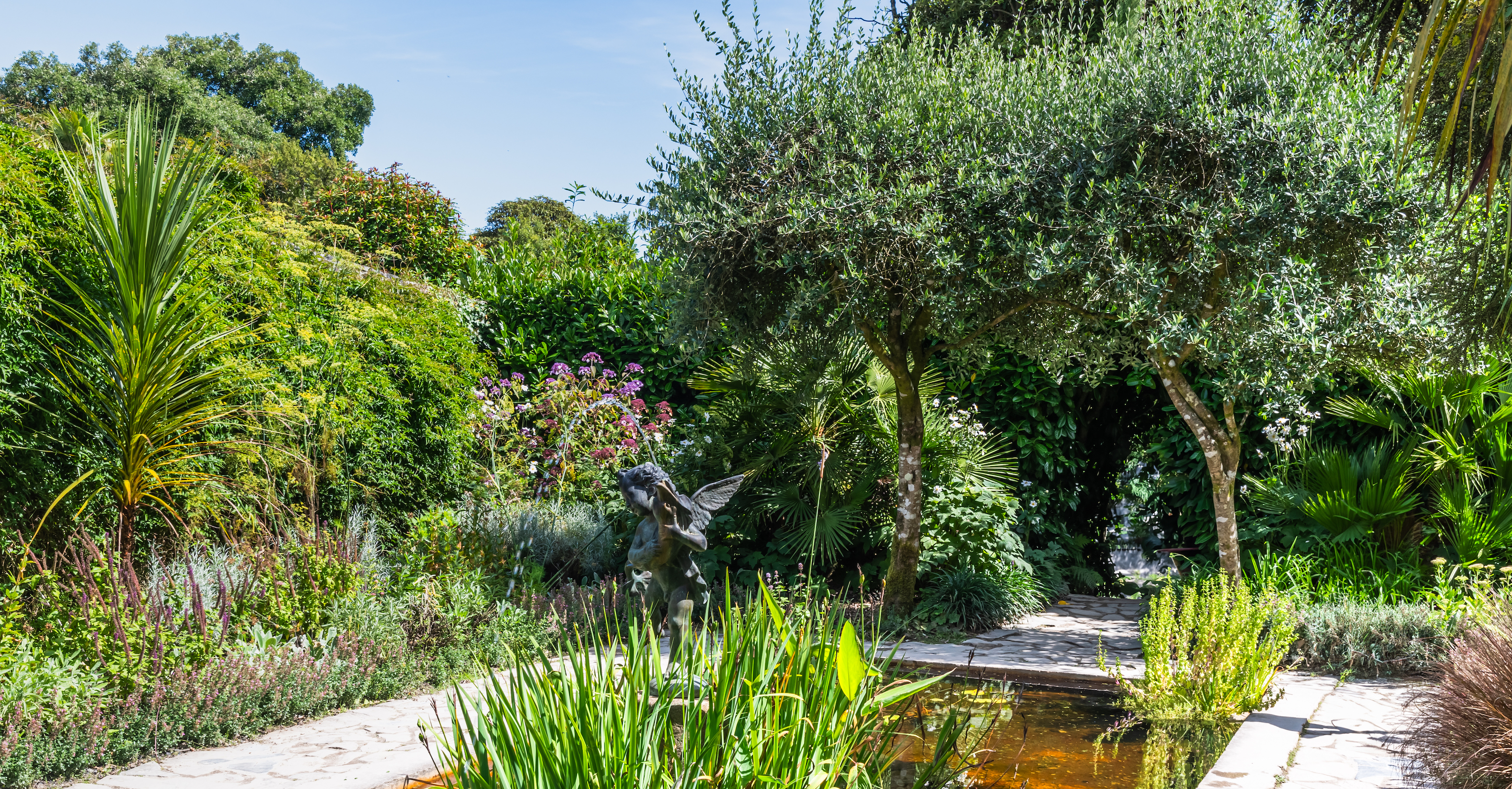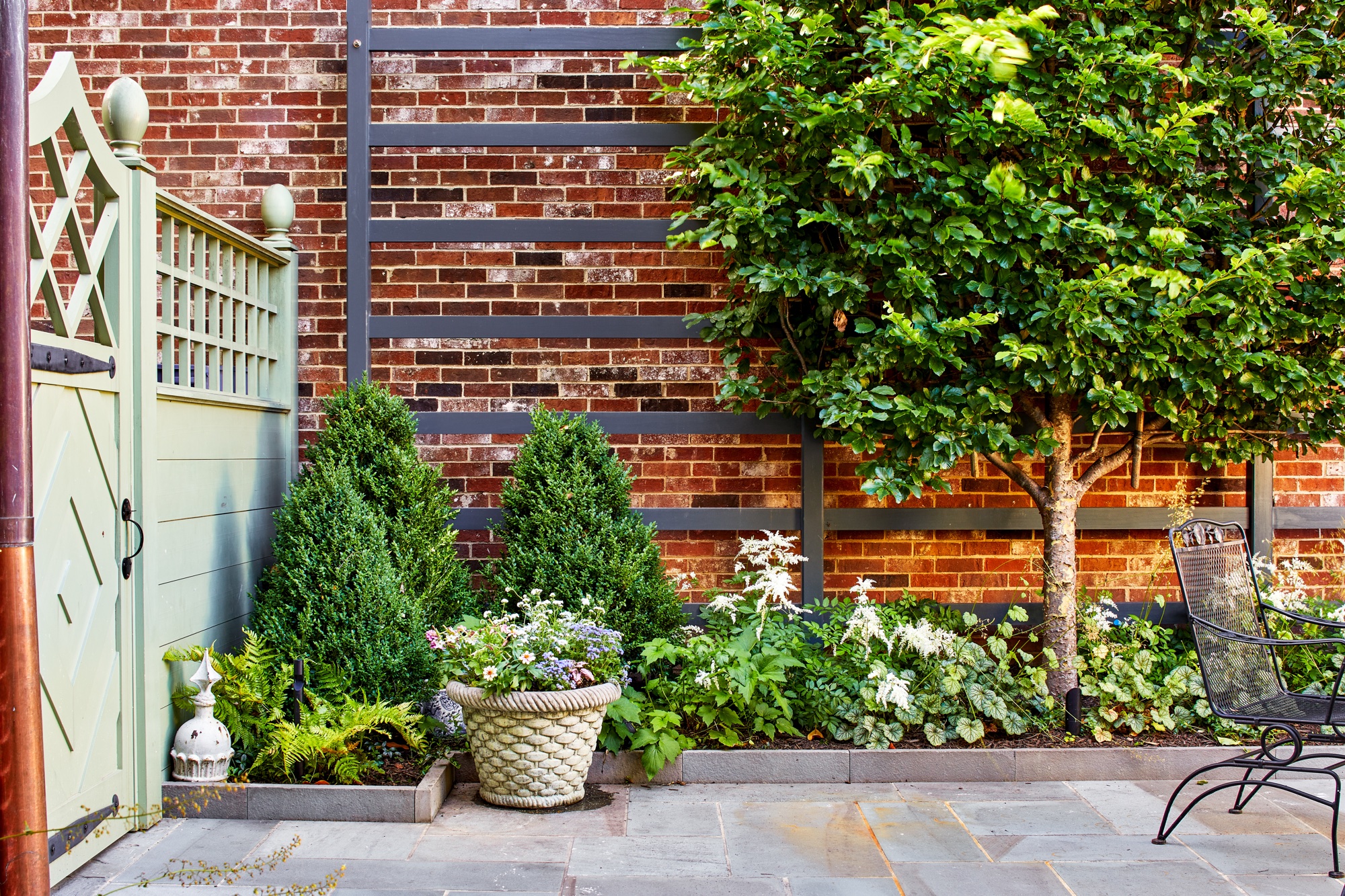
Like most hobbies, gardening is one that comes with a jargon of its own. And to truly immerse yourself in this rewarding activity, it's best to understand the technical terms that come with it.
One of the primary terms that I took some time to truly get comfortable with is USDA zones. When I first came across this tag that was commonly featured across most plants, I found myself puzzled at the kind of role it would play in the gardening process.
As it turns out, it is probably one of the most important terms to familiarise yourselves with. To make it as straightforward as possible, we have some brilliant insights from our experts to help set you on the journey to a successfully prolific garden.
What are USDA Zones?

Overestimating the technicality of gardening terms is one of the more technical gardening mistakes made by beginners. When it comes to USDA zones, as a standalone term it may sound rather complicated but the truth is that it's a fairly easy concept to grasp.
In conversation with Lydia Beaumont, planting expert at Gardeners' Yard, she explains that USDA zones are geographic areas defined by their average minimum winter temperatures. "They help gardeners determine which plants will likely thrive in a specific region," she says.
Why is it important to know your USDA zone?

You might be wondering what all the fuss is about and why you should even give USDA zones the time of day. Simply put, being unaware of this might be the one thing that keeps your plants from blooming bountifully.
"Knowing your zone ensures you choose plants suited to your climate, reducing the risk of plant failure," notes Lydia. "It’s vital to successful gardening, as some plants can’t tolerate the cold in specific zones or the heat in others."
How do you identify your USDA zone?

Lydia tells us that you can easily find your zone using the USDA Plant Hardiness Zone Map, which is available online. "Just enter your zip code, and the map will show your zone based on climate data," she says.
Once you know which USDA zone you reside in, it'll make selecting plants a whole lot easier. And we wouldn't be surprised if your garden witnessed a notable shift in favorable planting results.
What to plant based on your regional location?

By now we can ascertain that we should be selecting plants that our USDA zones cater to. Lucky for us, Lydia has shared a range of brilliant crops to grow based on the area your garden lies in. Here are her top planting recommendations for different USDA zones, tailored to each region’s unique climate.
North Central (Zones 2 - 5)
Groundcover: Creeping Jenny (lysimachia nummularia) – this creeper adores cold climates and also has the ability to tolerate wet soil.
Vine: Virginia Creeper (parthenocissus quinquefolia) – if you're looking to add some fall color to your garden, you can't go wrong with this hardy grow.
Perennial: Daylily (hemerocallis) – aside from being a very pretty flower, these blooms also happen to be admirably tough and grow hassle-free.
Shrub: Lilac (syringa vulgaris) – these flowers are rewarding year-round, as they thrive in harsh winter climates and bless your space with stunning flowers come spring.
Tree: Paper Birch (betula papyrifera) – flourishes in cold zones and brings tons of personality to a yard, thanks to its unique white bark.
Price: $24
Exposure: Full Sun
This charming groundcover plant comes highly rated on Amazon and doubles as a lovely pond plant.
Price: $27
Size: 2.5 Qt Pot
This gorgeous yellow flower is a natural bloomer in North Central zones and is best grown when planted 18 to 24 inches apart.
Price: $30
Size: 1 Qt Pot
This plant boasts pretty light pink blooms that are known to entice butterflies, one of our favorite pollinators, into your yard.
Northeast (Zones 1 - 7)
Groundcover: Bugleweed (ajuga reptans) – if shade garden ideas are your thing, then this crop is right up your alley.
Vine: Clematis (clematis spp.) – offering plentiful blooms from spring to fall, clematis is a rewardingly versatile plant.
Perennial: Hosta (hosta spp.) – another shade garden candidate, hostas are one of our favorites for charming foliage.
Shrub: Hydrangea (hydrangea macrophylla) – this beautiful bloom confidently adapts to most environments while sporting its iconic flower clusters.
Tree: Sugar Maple (acer saccharum) – a Northeast native, this tree is a timely addition to autumnal yards.
Price: $8
Quantity: 50 Seeds
If you like to adopt unique-looking plants into your yard, then you can't go wrong with these visually stunning purple blooms.
Price: $19
Quantity: 100 Seeds
This perennial adds tons of personality to a garden space and is fairly low-maintenance too, thanks to its low water needs.
Price: $10
Quantity: 50 Seeds
Just look at those orange sugar maple leaves - this dense deciduous tree brings so much fall flair to a home.
Northwest (Zones 3 - 9)
Groundcover: Sword Fern (polystichum munitum) – as one of the best plants for a tranquil patio, this crop loves moist soil and does particularly well in woodland gardens.
Vine: Climbing Hydrangea (hydrangea anomala) – if you've been on the lookout for climbing plants for the front of your house, this bloom offers the perfect flourish for added curb appeal.
Perennial: Lupine (lupinus spp.) – this plant with its vivid blooms, prefers cool and wet climates for best results.
Shrub: Rhododendron (rhododendron spp.) – a winning addition that's known to be compatible with the northwestern climate.
Tree: Western Red Cedar (thuja plicata) – if you've got the space, then this popular native is a wonderful choice.
Price: $25
Size: 6" Pot
When properly cared for and grown outdoors, this Macho Giant Sword Fern plant from Amazon grows up to three to four inches tall.
Price: $20
Quantity: 2 Plants
If you love a flower-full garden, then you'll love this lupine that's loaded with blossoms from early to mid-summer
Price: $67
Size: 1 Gallon Pot
Brighter Bloom's White Rhododendron plants are perfect for all gardeners, regardless of where you're at in your green thumb journey.
South Central (Zones 6 - 10)
Groundcover: Liriope (liriope muscari) – when it comes to low-maintenance groundcovers for shade, this tough crop is a gardener's go-to.
Vine: Crossvine (bignonia capreolata) – not only does this plant bloom for months, but it's also an ideal grow for warmer south-central zones.
Perennial: Black-eyed Susan (rudbeckia hirta) – if you choose to parent this plant, you'll never have to worry about it wilting in the warmth.
Shrub: Texas Sage (leucophyllum frutescens) – this shrub adores the sun and doesn't need much water, thanks to its drought tolerance.
Tree: Redbud (cercis canadensis) – the rising sun redbud tree is one of the coolest plants we've come across and it'll have you doing a double-take, thanks to its unreal foliage.
Price: $9
Quantity: 5 Seeds
Keep these liriope seeds moist when planting, and cover with 1/4 inch of soil for successful growth.
Price: $13
Quantity: 0.25 lbs
These black-eyed susan seeds are ready to sow and the plants are meant to shoot up to approximately 24 inches tall.
Price: $5
Quantity: 200 Seeds
If you're looking for a quick plant to grow, then you'll love to plant these Texas sage scarlet seeds as they bloom in just 52 days.
Southeast (Zones 5 - 10)
Groundcover: Sweet Woodruff (galium odoratum) – this crop happens to be an easy-grow in southeastern zones, known for their hot temperatures.
Vine: Trumpet Vine (campsis radicans) – aside from being one of the top fast-growing plants for privacy, this vine also attracts beneficial wildlife like hummingbirds to your space.
Perennial: Coneflower (echinacea purpurea) – these full sun perennials are another great plant favored by pollinators.
Shrub: Azalea (rhododendron spp.) – if you love a colorful backyard, these vibrant blooms are perfect for you.
Tree: Magnolia (magnolia grandiflora) – known for its magnificent flowers, this tree is a floral dream.
Price: $10
Size: 1 Quart Pot
If you choose to adopt more than one of these sweet woodruff plants, then be sure to plant them 18" apart and watch as the whorled shiny green leaves come alive.
Price: $15
Size: 2.5"
This Trumpet Vine or Campsis radicans from Walmart is a great addition to trellises and other garden structures for a classic foliage feature.
Price: $70
Size: 4" Pot
This Pretty Pink Azalea Plant from Jackson & Perkins can be grown outdoors or even indoors, based on your planting preference.
Southwest (Zones 3 - 10)
Groundcover: Ice Plant (delosperma cooperi) – bringing bright hues to your garden, this plant is a hardy win for warm climates.
Vine: Bougainvillea (bougainvillea spp.) – this crop is at the top of our list of plants for tropical garden ideas, and it should be at the top of yours too.
Perennial: Penstemon (penstemon spp.) – this plant is one of the best fairy-tale garden plants around and it's highly drought-tolerant too.
Shrub: Creosote Bush (larrea tridentata) – this native grow is at its best in desert-like conditions, making it a lovely option for southwest zones.
Tree: Mesquite (prosopis glandulosa) – you won't have to stress over constant watering with this hardy tree.
Price: $8
Quantity: 5,000 Seeds
Plant this ice plant seed mix to edge your driveways or your pathways for a beautiful border to flank your home's walking path.
Price: $22
Quantity: 100 Seeds
Bougainvilleas are definitely on trend at the moment and the plant's paper-like flowers infuse blossoms of eye-catching color to any home garden.
Price: $12
Quantity: 5 Seeds
Planting these honey mesquite seeds will gift your yard a handsome branched-out tree with gorgeous feathered leaves.
With all this information on what hardiness zones are and how they matter, you're all set to take your gardening skills to the next level. And the next time you're at a nursery of scouring the virtual aisles, you'll have nary a question mark in mind when your eyes meet this once foreign term.
FAQs
Do hardiness zones dictate pruning schedules?

"Yes, they do," assures Lydia. She explains that just as hardiness zones help determine the best time to plant, they also guide pruning schedules. "Some plants should only be pruned when they’re dormant," she says. "And since this is influenced by the local climate, USDA zones control maintenance periods."







